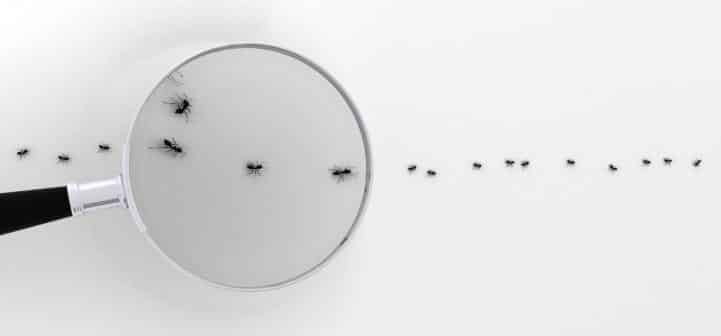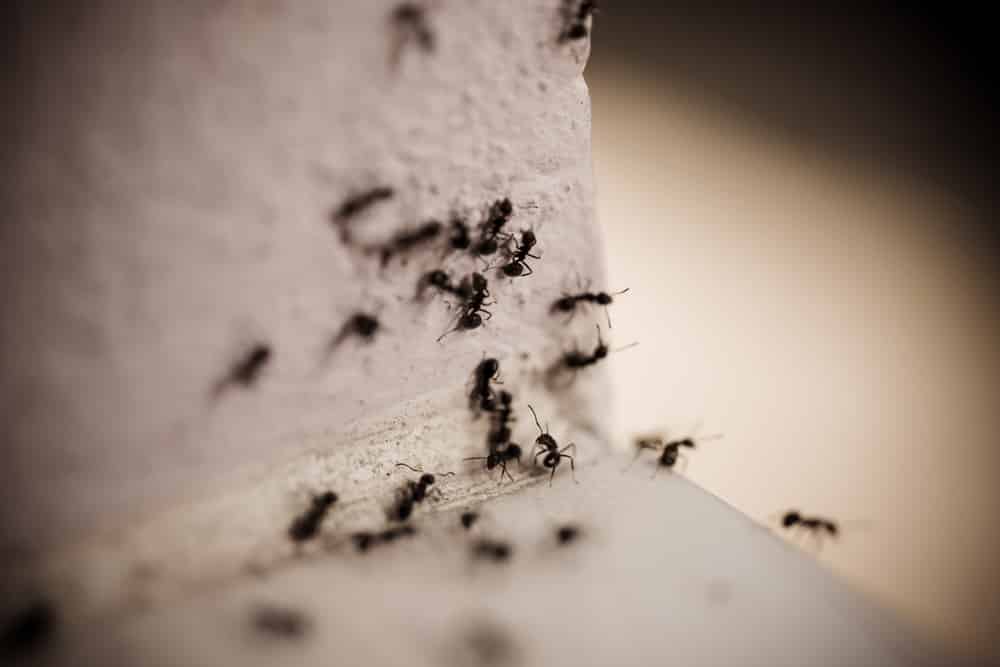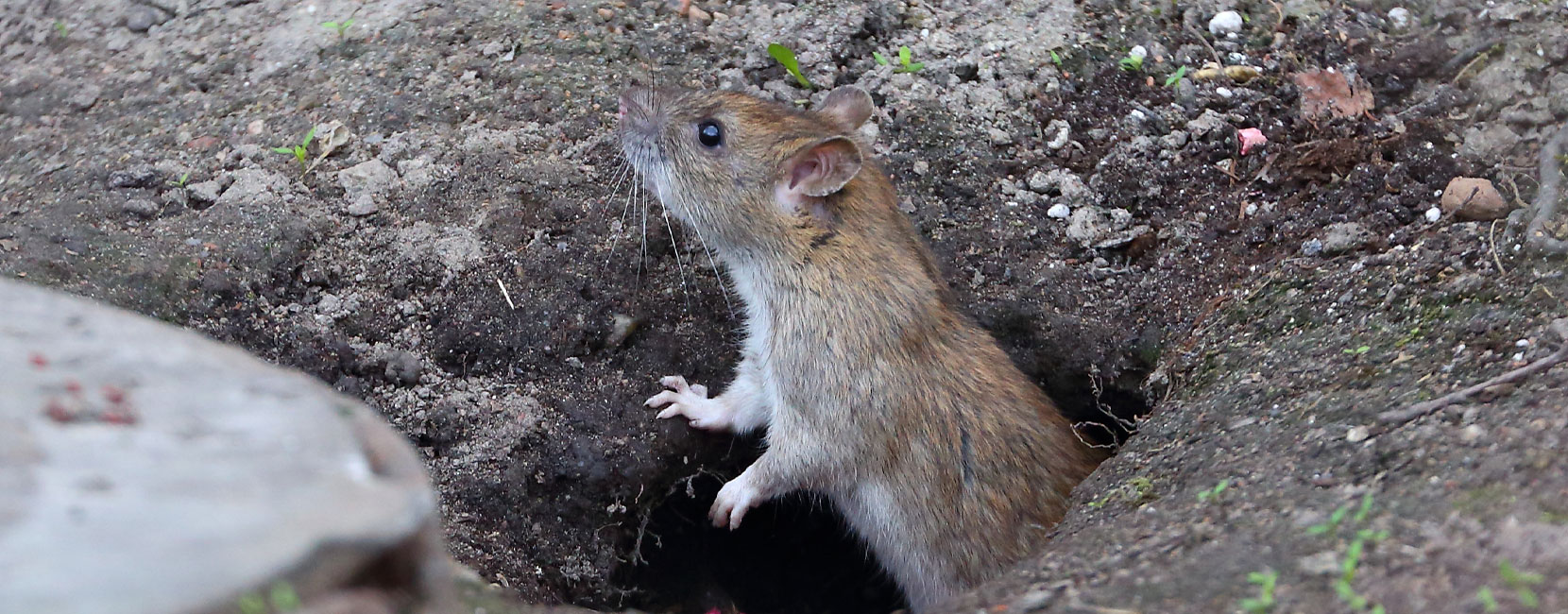
The first step in any pest management plan is to identify the pest. With ants, this can be quite difficult because of their small size. A microscope with greater than 30x magnification is often needed to identify them. Most people won’t have access to a microscope, so you can take the specimen to your local county Extension office for identification.
Identifying the ant is important because ants have different food preferences and different behaviors that will directly affect how well an ant pest control program works.
For instance, some ants do not feed on oils, so baits with an oil carrier, but no protein or sugar, are not a source of food for them. This is the case with the small, 1/8 inch long, dark Argentine ant and odorous house ant (see photos) – two ant species often encountered in and around homes.

There are over two dozen pest ant species in the U.S., but the species considered pests will vary from region to region. For this reason, you should contact your local county Extension office for information specific to ants in your area.
An ant management program will include:
- Reducing ant access to food and water sources
- Pest-proofing to keep pests out of a structure
- Inspection will help find areas of ant activity and possibly nest sites
- Sometimes placing index cards with honey at food and water sources throughout the house will help identify areas of ant activity
- Once all areas of foraging activity are located, they can be baited
Prior to placing bait stations, offer several different baits and see which is most attractive to the pest ant. If the nests can be located, they can be treated directly. When ants invade from the outdoors, pest-proofing is a more permanent solution to prevent outdoor-nesting ants from entering the home. Pest-proofing can be supplemented with a chemical barrier if the physical exclusion methods are not as effective as needed.
If an ant infestation persists after continued management efforts, a pest management professional should be contacted.
Related Content
Ants
- Mississippi: Control of Argentine Ants and Odorous Ants in the Home
- Updated pesticide recommendations for Tennessee
- California: How to Manage Pests series, Ants
- Texas: Managing Household Ant Pests
- Kentucky: Odorous House Ants (Ant Control for Homeowners)
Pest-Proofing
















